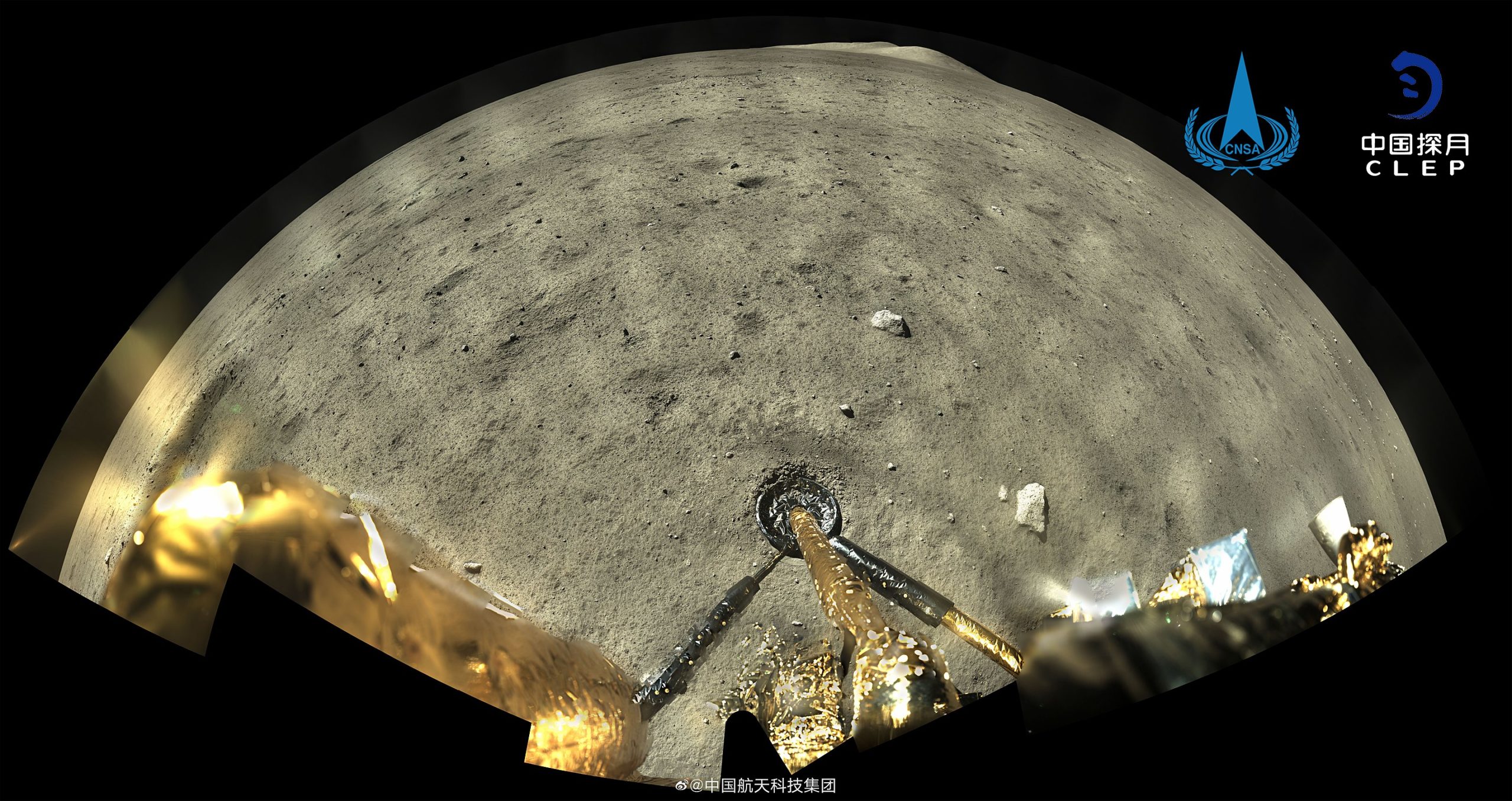
For SpaceUpClose.com & RocketSTEM
CAPE CANAVERAL, FL – China’s bold and ambitious Change’5 moon mission safely and successfully soft landed on the Moon, Tuesday, Dec. 1, and has sent back its first images in a history making achievement following a flawless launch on a Chinese heavy lift Long March 5 rocket on 23 November and a 112 hour translunar voyage and lunar orbital injection over the weekend – with the ambitious goal of snatching and retrieving the first lunar soil and rock samples from Earths nearest neighbor in over 4 decades and returning them to safely to Earth later this month.
The precision guided rocket assisted lunar touchdown of the Chang’e-5 lander-ascender spacecraft combination occurred as planned at 10:11 a.m. EST (1511 GMT) Tuesday, 11:11 p.m . Beijing time, on the Mons Rümker region of Oceanus Procellarum or the Ocean of Storms, on a smooth volcanic plane, according to the China National Space Administration (CNSA).
”China’s Chang’e-5 spacecraft successfully landed on the near side of the moon and sent back images, the China National Space Administration (CNSA), the Chinese space agency announced, via the official Chinese Xinhua new agency.
“At 11:11 p.m., the spacecraft landed at the preselected landing area near 51.8 degrees west longitude and 43.1 degrees north latitude.”
China’s Chang’e-5 probe will undertake the country’s first collection of samples from an extraterrestrial body
Using an onboard drill and scoop the goal is to collect around 2 kilograms of more of pristine soil and rock regolith from the moons surface and return them to eagerly awaiting researchers on Earth for detailed scientific analysis.
Now begins the most challenging portion of the mission – a very intense 48 hour period to collect the precious samples and stow them on board the ascender component for Earth return
China is only the 3rd country to attempt a lunar sample return mission – following the United States and the then Soviet Union – now Russia, from Apollo manned and Luna unmanned missions in the 1960s and 1970s.
During the landing process, the cameras aboard the lander took images of the landing area.
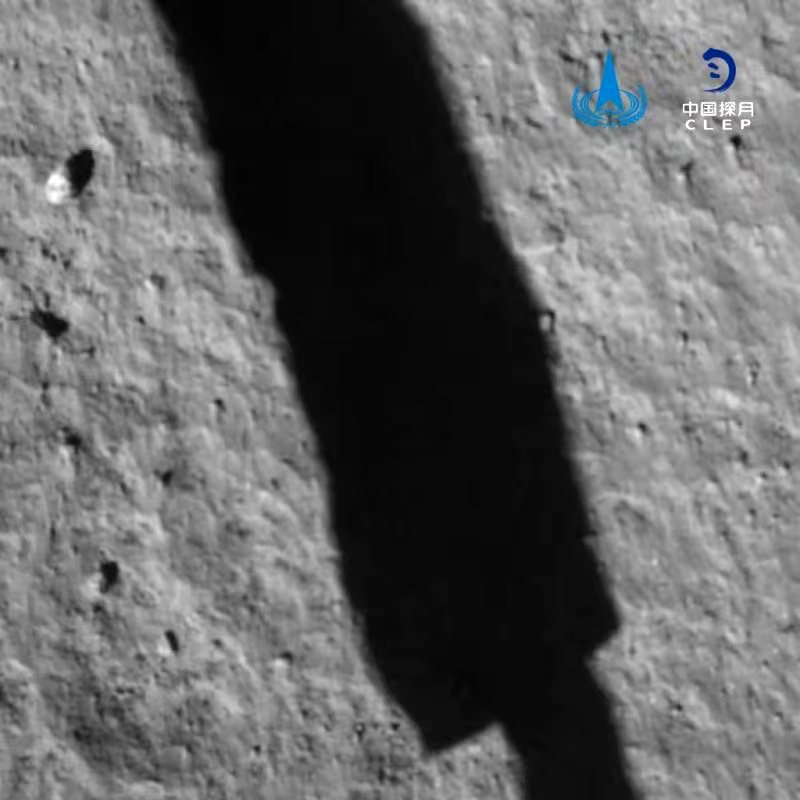
Several hours post touchdown the lander transmitted a beautiful panoramic image from the lunar landing site on the surface from the Mons Rümker region of Oceanus Procellarum or the Ocean of Storms. See the lead image here.
This Xinhua news agency distributed video shows the descent and landing:
First-person view: China's #ChangE5 probe touching down on the moon. The spacecraft successfully landed on the near side of the moon late Tuesday and sent back images. #exclusive pic.twitter.com/A86WxW5c0l
— China Xinhua News (@XHNews) December 2, 2020
The Change’5 mission began on Nov. 23 when the Long March 5 rocket successfully hurled the 8200 kg Change’5 moon mission on a fast paced 23 day long mission on China’s first ever mission to snatch lunar regolith from the Moon’s surface and send it back to eagerly awaiting scientists back on Earth landing in Inner Mongolia, China.
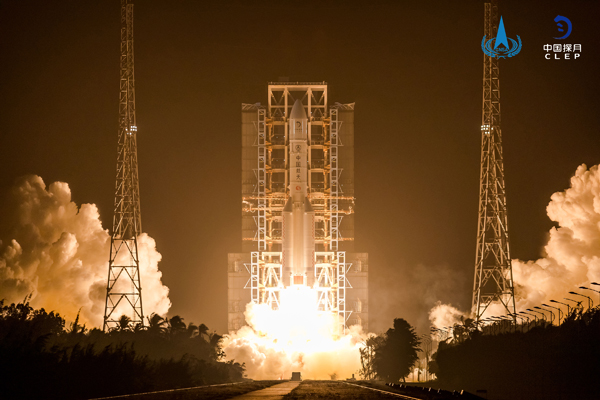
The Long March 5 carrier rocket lifted off at 3:30 p.m. EST (2030 GMT) Monday, Nov 23 (4:30 a.m. Nov. 24 Beijing Time) from the Wenchang Space Launch Center on Hainan Island, China on behalf of the Chinese National Space Administration (CNSA).
The powered descent began at 10:57 p.m. Tuesday as the lander-ascender combination of Chang’e-5 was about 15 km above the lunar surface when a variable thrust engine ignited.
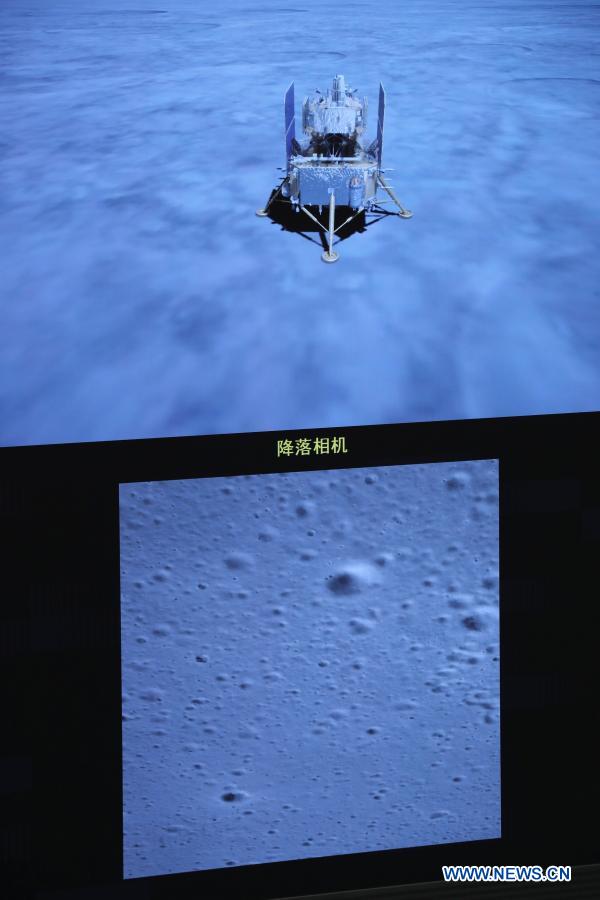
“Its relative vertical velocity to the moon was lowered from 1.7 km per second to zero,” Xinhua reported.
“The probe was adjusted and approached the lunar surface during the descent.”
“After automatically detecting and identifying obstacles, the probe selected the site and touched down on the north of the Mons Rumker in Oceanus Procellarum, also known as the Ocean of Storms, on the near side of the moon.”
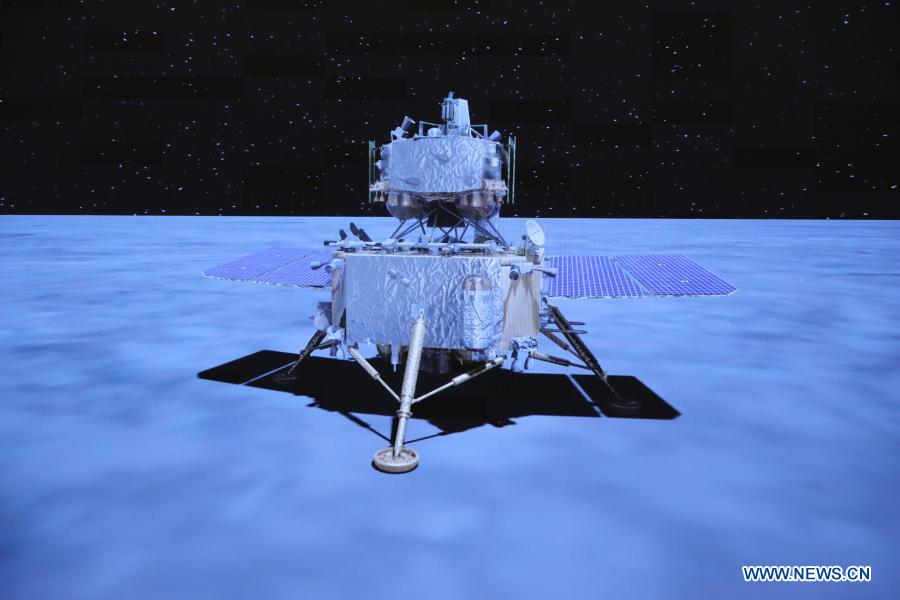
After the Chang’e-5 spacecraft entered lunar orbit on Saturday the lander-ascender combination portion separated from the orbiter – return combination mother ship on Monday, Nov. 30 (Beijing time) – in anticipation of the descent taking place as early as Tuesday, Dec. 1.
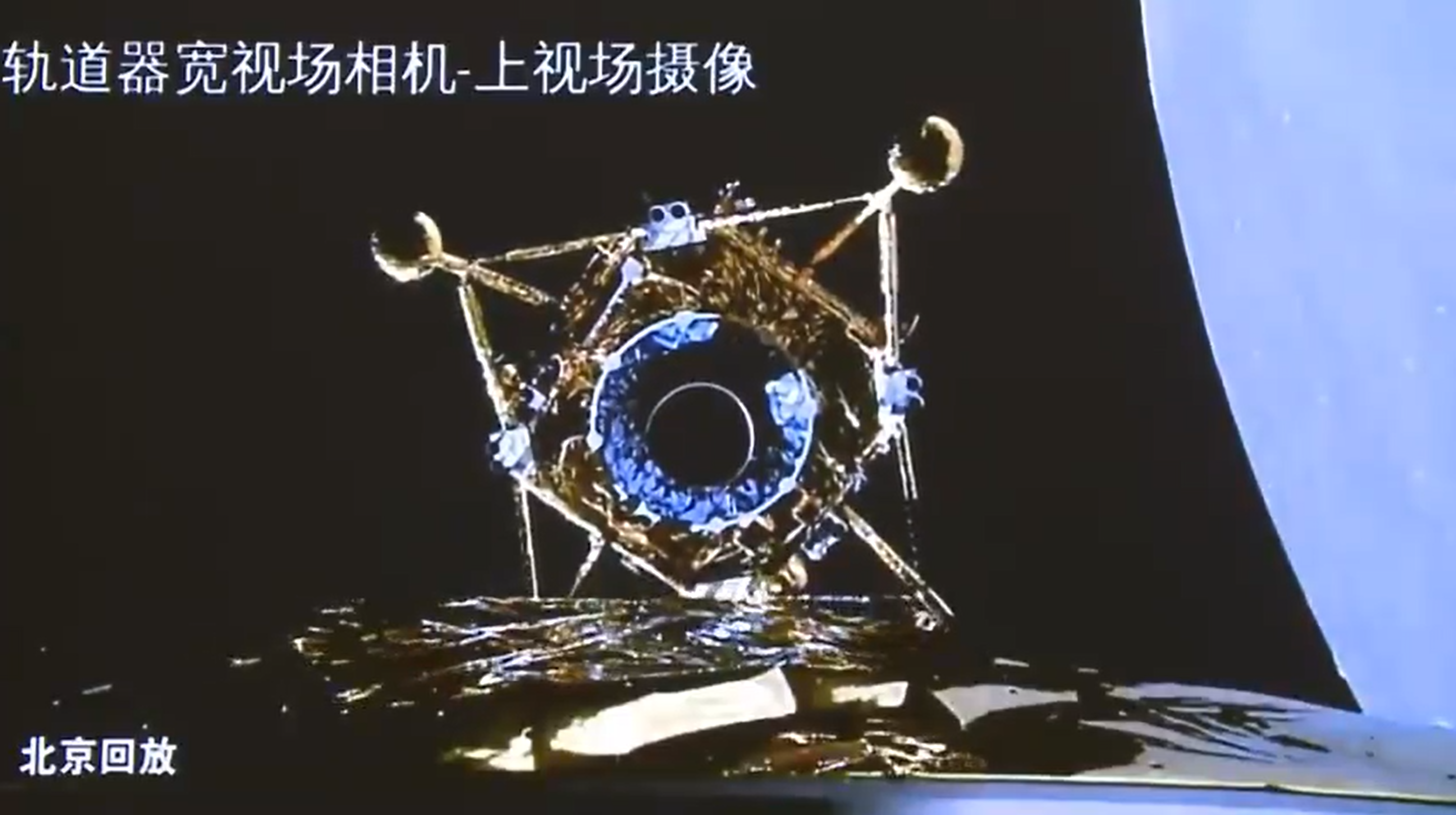
The mission goal was to land in the Mons Rümker, region of Oceanus Procellarum or Ocean of Storms (roughly 41-45 deg. N, 49-69 deg. W. – a smooth volcanic plane and the same region as NASA’s Apollo 12 manned moon landing n 1969
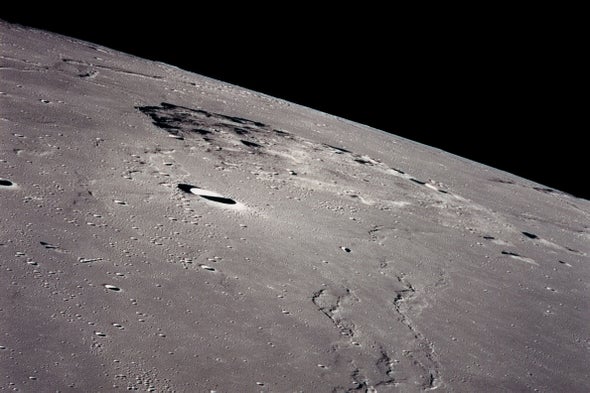
These would be the youngest samples retrieved from the Moon so far dating to roughly 1 billion years vs 3.1 to 4.4 billion years old for the Apollo samples.
Chang’e-5 mission is comprised of four components: an orbiter, a lander, an ascender, and an Earth return capsule.
The solar powered Change’5 lander would operate for one lunar day (two weeks) and return a 2 to 4 kg sample of lunar regolith, possibly from as deep as 2 meters.
If all goes well the samples will be returned to Earth in the return capsule using an atmospheric “skip” reentry and a landing in the Siziwang Banner grassland of the autonomous region of Inner Mongolia in China.
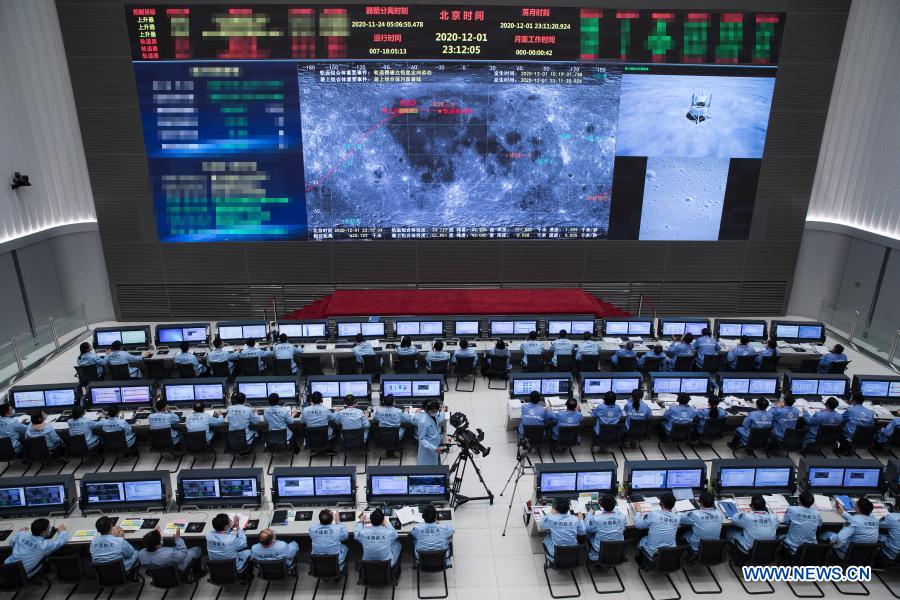
The most recent lunar sample return mission was accomplished by the Luna 24 spacecraft launched by the then Soviet Union in 1976.
To date lunar soil and rock samples were collected and returned from 6 NASA Apollo manned moon landings and 3 Russian Luna robotic missions
Chang’e 5 is equipped with a robotic arm with a sampling scoop, a coring drill, and a sample chamber that can return up to 4 kg of regolith. It also has a Panoramic Camera (PCAM), Lunar Regolith Penetrating Radar (LRPR), and a visible and near-infrared Lunar Mineralogical Spectrometer (LMS).
Watch this excellent video from CGTN China State TV:
Video Caption: How does China’s Chang’e-5 lunar mission work, Credit: CGTN
Chang’e-5 marks the next bold step in China three step lunar ambitions following on the Change’ 1 and 2 lunar orbiters and Change’ 3 and 4 landers and Yutu rovers on both the near and far side.
China became the first nation in history to land a robotic spacecraft on the far side of Earth’s Moon, when their robotic spacecraft named Chang’e 4 accomplished a soft touchdown Jan. 3, 2019 with the Yutu-2 moon rover.
The mosaic below by Ken Kremer and Marco Di Lorenzo shows the Yutu-1 moon rover at work on the lunar surface.

Earlier this year China has successfully launched its first fully indigenous mission to Mars – the extremely ambitious Tianwen-1 robotic mission designed to orbit, land and rove on the Red Planet – aimed at comprehensively investigating its climate, atmosphere and geology and search for signatures of water as well as snapping numerous images.
China utilized its most powerful rocket – the relatively new heavy-lift Long March 5 – to hurl the combination Tianwen-1 orbiter and lander mission to Mars.
The Chinese Tianwen-1 spacecraft lifted off atop the Long March 5 carrier rocket from the seaside Wenchang Space Launch Center in southern China’s Hainan province on July 23, at 12:41 a.m. EDT (0441 GMT; 12:41 p.m. Beijing time).
China eventually hopes to land the first Chinese people on the Moon at some point during the 2020s.
NASA seeks to return astronauts to the lunar surface under Project Artemis aiming to land the first woman and next man at the Moon’s South Pole by 2024.
Watch Ken’s continuing reports about SpaceX Crew Dragon, Starlink, Commercial Crew and Artemis and onsite for live reporting of upcoming and recent SpaceX and ULA launches including Demo-2, Starlink, X-37B, Solar Orbiter, Mars 2020 and more at the Kennedy Space Center and Cape Canaveral Space Force Station.
Stay tuned here for Ken’s continuing Earth and Planetary science and human spaceflight news: www.kenkremer.com –www.spaceupclose.com – twitter @ken_kremer – email: ken at kenkremer.com
Dr. Kremer is a research scientist and journalist based in the KSC area, active in outreach and interviewed regularly on TV and radio about space topics.
………….
Ken’s photos are for sale and he is available for lectures and outreach events
Please consider supporting Ken’s work by donating at Patreon:
https://www.patreon.com/kenkremer

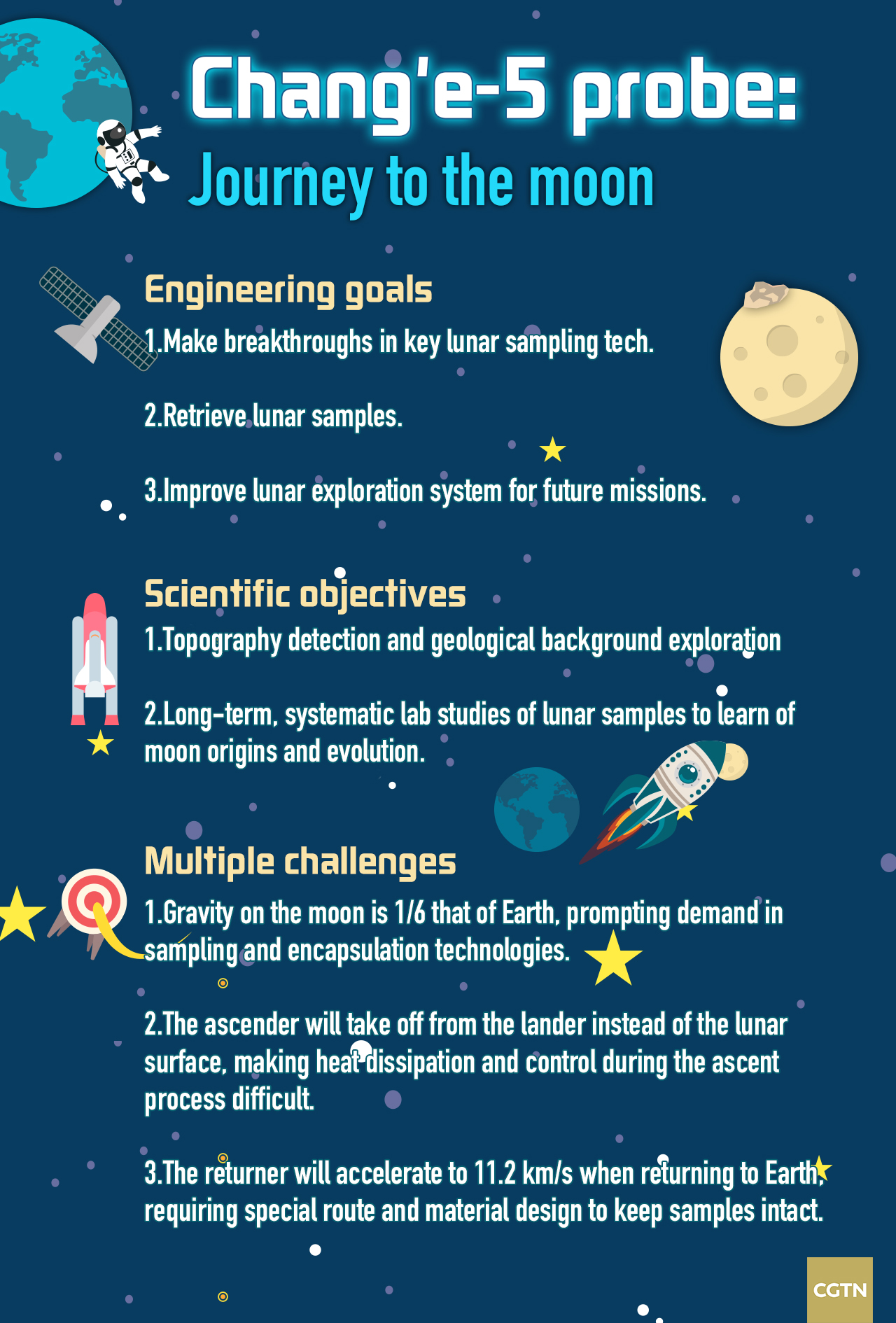
x



